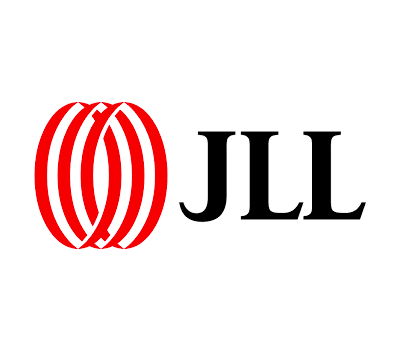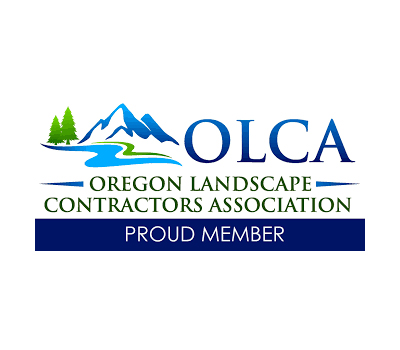Humans have a natural appreciation for nature, it’s in our genes. Edward O. Wilson even coined a term for this; biophilia, the urge to affiliate with other forms of life. When we have access to or take time in the natural environment, our heart rate slows, our productivity increases, we have fewer sick days and report higher levels of happiness. All this, just by seeing green!
In 2015, nonresidential property managers and buildings owners have more ways to make this happen than ever before on their properties. An attractive, engaging landscape helps employers improve their bottom line, shop owners have more visitors, and potential tenants pay attention to what your property has to offer.
The National Association of Realtors expects nationwide vacancy rates for commercial properties – office, industrial, retail and multifamily – to see very little change this year. However, commercial rent is projected to increase across the board, with a near 3% rise in office and industrial rents, a 2.4% increase in retail rents, and multi-family going up 4%. The American Institute of Architects projects that nonresidential construction spending will increase more than 8%.
This is all great news for Property Managers and Developers, and these are all averages. You have to ask, “why be average? What can we do to stand out and be at the top of these projections?” And perhaps most importantly, is there a direct Return On Investment for leveraging your surrounding landscape and capitalizing on the people’s natural instincts to want to connect with the outdoors. To answer that, we bring you a little data to fuel your fire.
We are Willing to Pay More in Retail Areas that Include Trees
While business people are keenly interested in the presentation of their product and store, they often overlook “macro” level settings – the district that surrounds their shop or office.
Consumers perceive the service-landscape holistically, we don’t just see retail displays or lighting, we judge service level from the landscaping all the way to the register (Engel et al. 1990). When we shop in retail areas with “tree” versus “non-tree” environments consumers visit more frequently, stay longer, rate the quality of the products 30% higher and are willing to pay about 12% more for goods (Mattila and Wirtz 2002).
We are Less Stressed and More Productive Around Plants
Research done by Dr. Roger S. Ulrich of Texas A&M University, Helen Russell, Surrey University, England as well as those conducted by Dr. Virginia Lohr of Washington State University verify that plants significantly lower workplace stress and enhance worker productivity. In Dr. Lohr’s study, common interior plants were used in a computer laboratory with 27 computer workstations. A computer program to test productivity and induce stress was specifically designed for these experiments. Participants working in an environment with plants present were 12 percent more productive and less stressed than those who worked in an environment without plants.
In one study, desk workers with views that included green elements were more satisfied and displayed improved patience, lower frustration, increased enthusiasm for work, and fewer health problems.1 For workers who take work or lunch breaks outdoors, serene settings are the most appreciated.2
If workers are not sick as often we can reduce total absenteeism, and with a rate of 3% -4% (public – private) per employee at a rate of $2500 to $3400 per employee (based on total average annual salary and benefits), employers can save a lot of green if they pay attention to green spaces. Not to mention “presenteeism” where workers are ill when they show up for work, productivity can be cut by as much as 33% and this may cost employers 2-3 times more than insurance premium payments for direct medical care.3
Active Spaces replace the Gym and reduce insurance costs?
We are seeing more and more employers begin to add natural trails into their landscapes and encourage groups of employees to walk the trails. Even a simple building within a business park can add a tree canopy and a trail around the building that will achieve great results (you don’t have to have a 7 mile running loop for this to work). In a study testing people’s stress response to long walks in various environments, those who walked in a nature preserve showed a decline in blood pressure, while blood pressure increased for those walking in the urban environment without trees. Depending on the health insurance plan you choose, these trees and those walks could reduce your companies health insurance costs.
https://greenplantsforgreenbuildings.org/train-the-trainer/
http://depts.washington.edu/hhwb/Thm_Mental.html
1. Kaplan, R. 1993. The Role of Nature in the Context of the Workplace. Landscape and Urban Planning26, 1-4:193-201
2. Lottrup, L., U.K. Stigsdotter, H. Meilby, and S.S. Corazon. 2012. Associations Between Use, Activities and Characteristics of the Outdoor Environment at Workplaces. Urban Forestry & Urban Greening11:159-168.
3. Goetzel, R.Z., S.R. Long, R.J. Ozminkowski, K. Hawkins, S. Wang, and W. Lynch. 2004. Health, Absence, Disability, and Presenteeism Cost Estimates of Certain Physical and Mental Health Conditions Affecting US Employers. Journal of Occupational and Environmental Medicine46, 4:398-412.
































